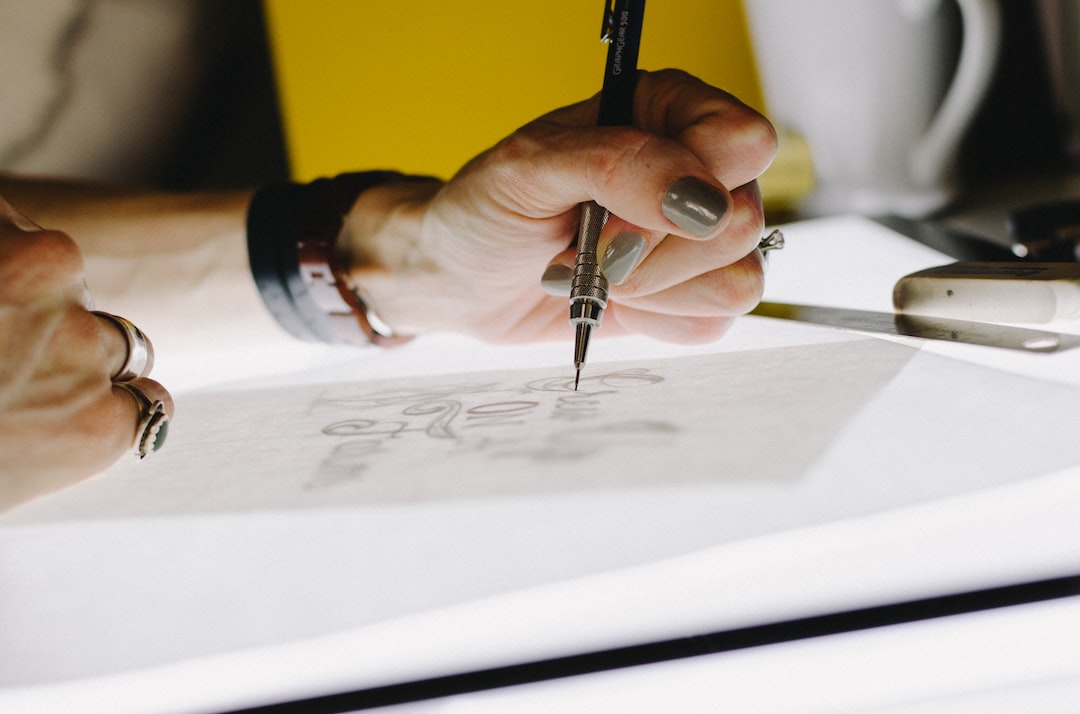The Power of Typography in Effective Design
In today’s visually driven world, design has become vital in capturing the attention and interest of any audience. Whether it’s a website, advertisement, or packaging, the power of typography in effective design cannot be underestimated. Typography, the art and technique of arranging type to make written language legible and visually appealing, plays a significant role in shaping the overall design aesthetic and communication effectiveness.
Typography serves several essential purposes when it comes to design. It helps convey the intended message, establishes brand identity, and enhances readability. When used correctly, typography can evoke emotions, create hierarchy, and guide the viewer’s eye. Let’s explore these aspects further to understand the significant impact typography has in effective design.
First and foremost, typography is a powerful tool for conveying the intended message. The choice of typeface, font weight, and size can instantly set the tone and evoke a specific emotion, whether it’s elegance, whimsy, professionalism, or urgency. For instance, a bold, sans-serif typeface may be used to communicate a sense of strength and dominance, while a delicate serif font could convey a sense of sophistication and elegance. By carefully selecting and arranging typography, designers can ensure that the messaging aligns perfectly with the desired emotional response.
Moreover, typography plays a crucial role in establishing brand identity. Just think of iconic brands like Coca-Cola, Apple, or Google. Each brand has a unique typography style that instantly identifies their product or service. Consistency in typography builds recognition and familiarity with a brand, allowing it to stand out from competitors. Whether it’s through custom typefaces or careful selection of existing fonts, typography serves as a visual representation of the brand’s personality and values.
Another essential aspect of typography in effective design is readability. No matter how stunning a design may be, if the typography is difficult to read or understand, the entire message becomes lost. Designers must consider factors such as font size, line spacing, and contrast to ensure the utmost legibility. By aligning these elements with the intended audience and medium, designers can ensure that the message is not only communicated but also absorbed by the viewer.
Typography also plays a crucial role in creating hierarchy and guiding the viewer’s eye through the design. By utilizing various font sizes, weights, and styles, designers can establish a visual hierarchy that directs the viewer’s attention to the most critical elements. Headlines, subheadings, and body text can effectively guide the viewer’s eye flow, ensuring that they engage with the content in the desired sequence.
Additionally, typography can evoke emotions and add depth to the overall design. By incorporating techniques such as kerning, letter-spacing, and ligatures, designers can create a subtle visual rhythm that enhances the aesthetic appeal. The careful balance between positive and negative space can evoke feelings of harmony, tension, or energy. The form and style of letterforms can add personality, uniqueness, and creativity to the design.
Typography is not limited to digital or print designs; it extends to all aspects of visual communication, including logos, signage, packaging, and even motion graphics. Each medium requires careful consideration of typographic elements to ensure its effectiveness in conveying the desired message.
In conclusion, typography is an incredibly powerful tool in the hands of a skilled designer. From conveying the intended message to establishing brand identity, enhancing readability, creating hierarchy, and evoking emotions, typography has a significant impact on effective design. Designers must understand the psychology behind typography and the principles that guide its use to truly unleash its power. By incorporating thoughtful typography, designs can come alive, evoke emotions, and deliver messages in a visually compelling manner.

